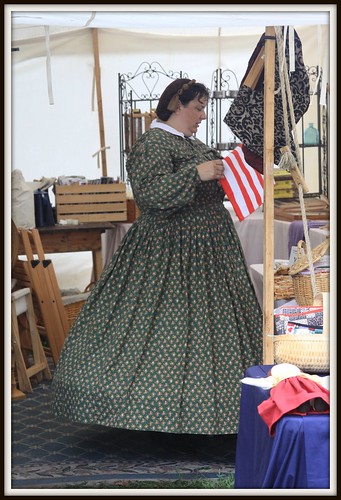


New York City and Rochester emerged as centers of the ready-to-wear clothing industry following the Civil War, and New York State became a leader in the production and distribution of button accessories. New York City was a center for the manufacture of covered, crochet, rubber, and Galalith (casein) buttons and for the distribution of buttons through jobbers who sold to clothing manufacturers. Rochester was a leading producer of finished freshwater and ocean pearl buttons and by 1910 emerged as the national center for the manufacture of vegetable ivory buttons made from the seed of the tagua palm. Auburn (Cayuga Co) was the home of the leading producer of composition buttons. Dominating production were the M. B. Shantz Co, Rochester Button Co, and German-American Button Co, which changed its name to Art In Buttons during World War I. In 1919 there were 243 firms manufacturing buttons in the state, employing 42.2% (6,568) of all wage earners in the industry and producing 44.7% of the total value of button products in the country.
By the mid-1920s excess production capacity, passage of federal quota laws that drastically reduced immigration, and style changes in women's wear precipitated a crisis in the industry that was exacerbated by the onset of the Great Depression. M. B. Shantz and Rochester Button consolidated with Superior Ivory Button Co of Newark, NJ, under the Rochester name. Art In Buttons ceased operations by the late 1940s. In the late 1950s the US industry was threatened by competition from Italian and Japanese producers, and Rochester Button moved manufacturing to rural Virginia, where labor was cheaper and not unionized. In June 1961, 200 workers represented by the Amalgamated Clothing Workers of America went on strike when the company announced plans to close the Rochester operations. In response costs were cut, some jobs consolidated, and the plant at 300 State St remained open. Rochester Button continued as a leading national manufacturer, with the largest market share through the 1980s. Leveraged buyouts by companies with no experience in button making weakened the firm, and US Plastics and Chemical Corp, a smaller button manufacturer in Connecticut, bought and then closed Rochester Button in the spring of 1990.
Grebinger, Paul. "Button Man: How One Rochester Executive Guided His Firm through the Great Depression," Rochester Museum and Science Center Focus, Winter 1985
McKelvey, Blake. "The Men's Clothing Industry in Rochester's History," Rochester History 22 (July 1960):1-31
Byelorussians. See BELARUSIANS.
Source Citation
Grebinger, Paul. "utton industry.(B)." Encyclopedia of New York State. Syracuse University Press, 2005. 247. General OneFile. Web. 7 Sept. 2010.
Document URL
http://find.galegroup.com/gps/infomark.do?&contentSet=IAC-Documents&type=retrieve&tabID=T003&prodId=IPS&docId=A194195443&source=gale&srcprod=ITOF&userGroupName=22054_acld&version=1.0
Gale Document Number:A194195443


No comments:
Post a Comment